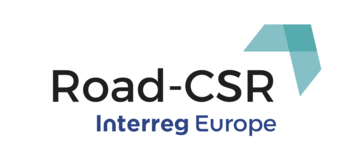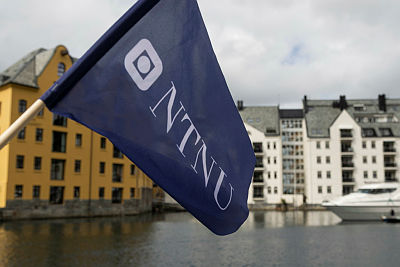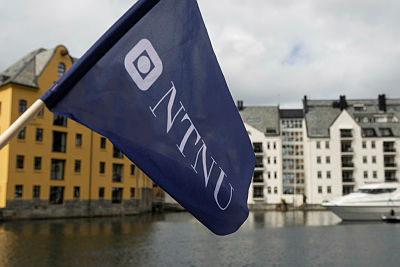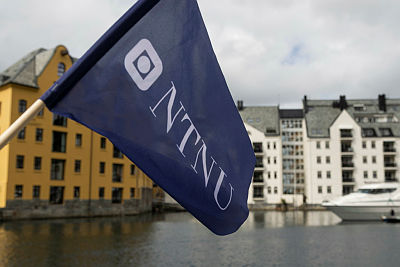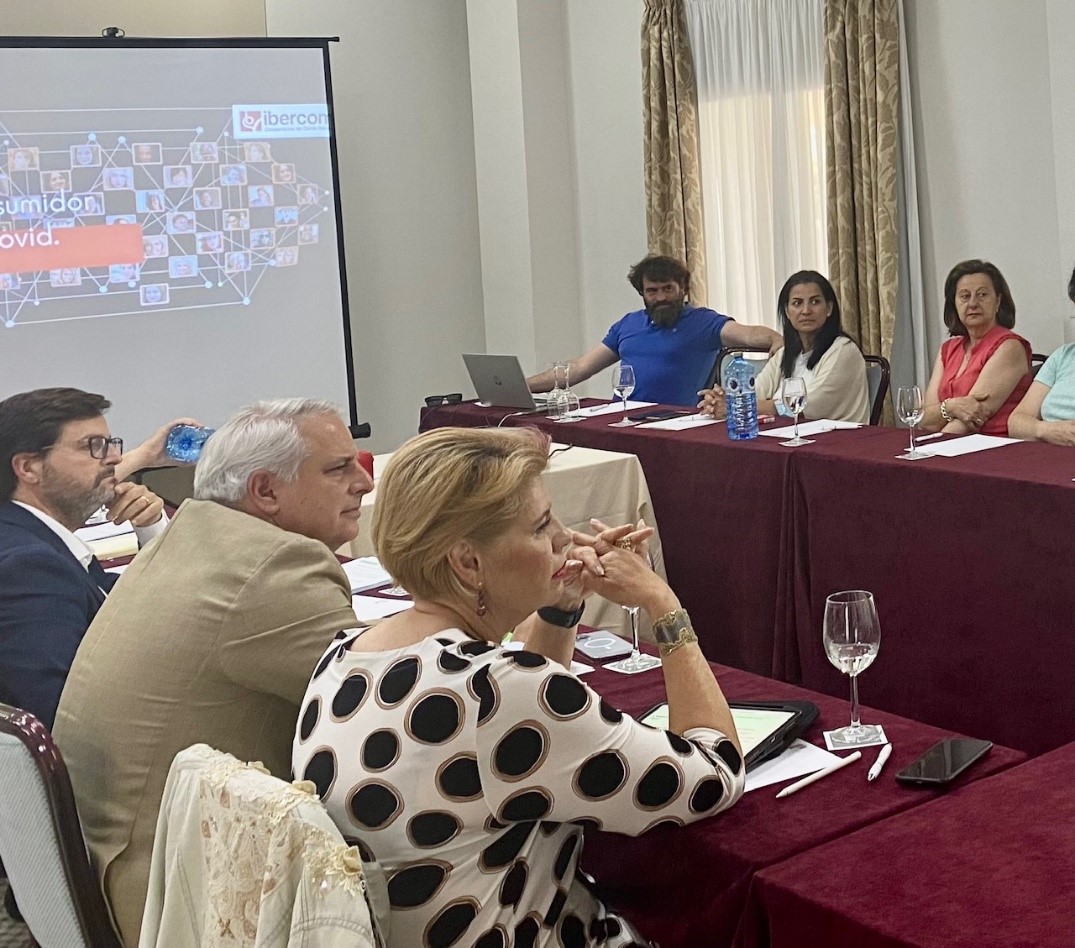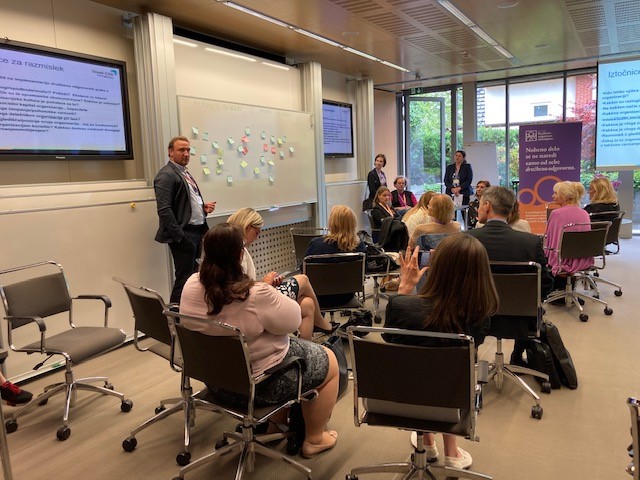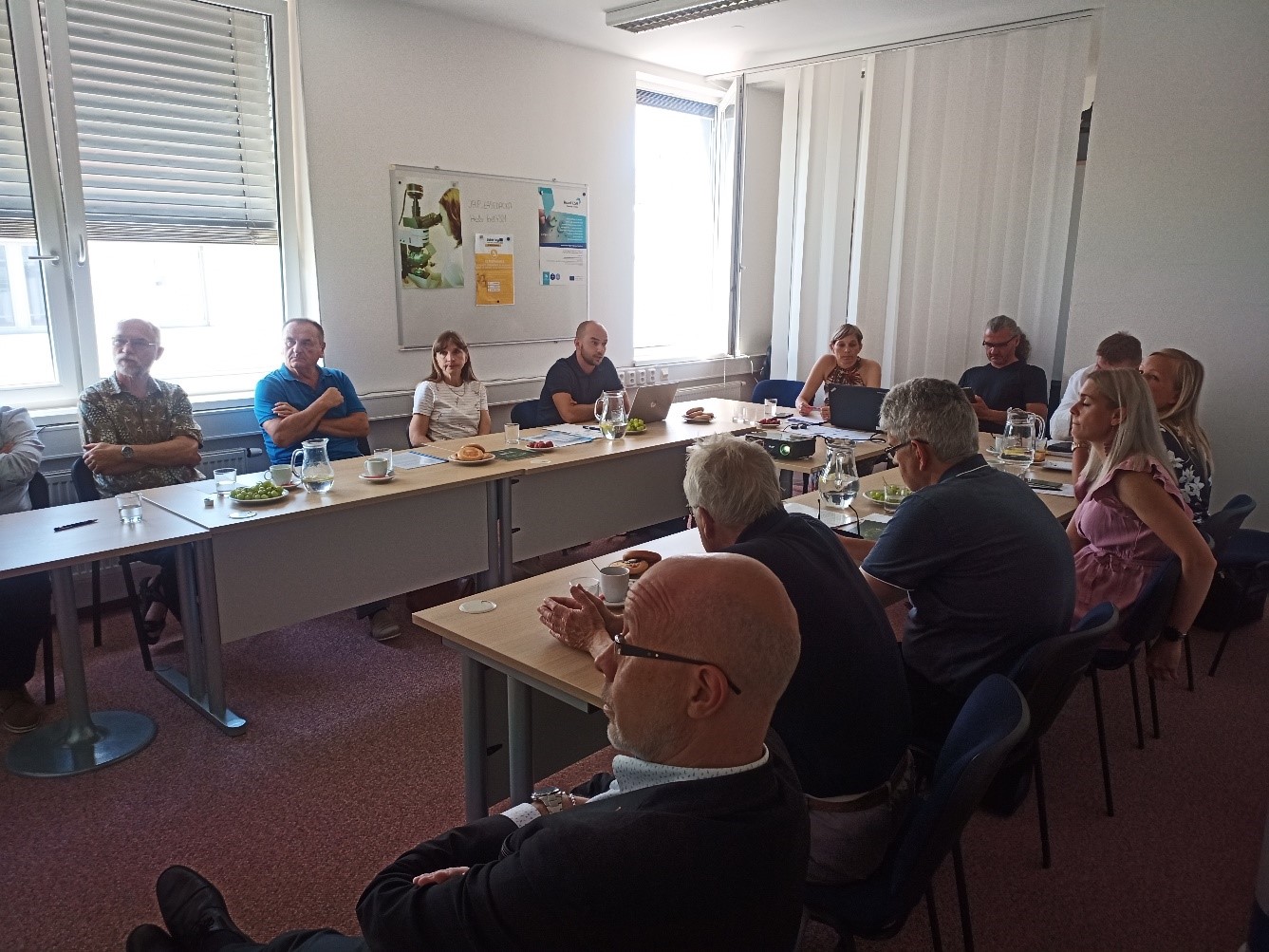The main goal for the Business Hub for Sustainability (BH4S) is to develop knowledge and skills, and foster cooperation to transform organizations through business models that contribute to solving the challenges highlighted in the UN Sustainable Development Goals (SDGs).

Through its activities, BH4S aims to:
1. Create understanding around business models for sustainability
2. Offer processing models and method frameworks for implementation of sustainability strategies consistent with the SDGs
3. Exemplify different business cases for sustainability and make members of the Hub more visible through their effort
To adapt to the impact of COVID, BH4S has designed an accessible website https://bh4s.no/ that provides resources, frameworks and collaboration opportunities for companies looking to improve their sustainability. Additionally, webinars have been hosted by the Hub’s academic partners for the partner companies and others interested in learning more about sustainability reporting & communication, sustainable business model archetypes and case company examples.
Interactive website
The BH4S-website is designed to help members become more environmentally, socially and economically sustainable and turn such into competitive advantage in national and international markets. This will add value to their products and services and create attractive workplaces in the region.
Companies can dive into to the Archetypes for sustainable business models section to familiarize themselves with various templates for sustainability innovation in their operations and value creation activities. Archetypes are common patterns, models or prototypes, and sustainable business model (SBM) archetypes therefore help demonstrate some common innovation strategies for increasing sustainability. Companies can think through each of the archetypes and how they might innovate the organization’s business model across environmental, social and economic aspects. Within the archetypes, they can find business opportunities based in circular principles and social and technological innovation.
In the Toolbox section, methods and tools for environmental management, CSR and sustainability are organized along a stepwise model to make their selection and use more manageable. There are also resources available to directly link company sustainability activities to the SDGs and their targets, and to assess and redesign existing business models and thinking.
To take the important step of communicating their activities to their stakeholders, organizations can find initiatives to guide their sustainability reporting in the Reporting & Communication section. Benefits of sustainability reporting include tracking and meeting goals, providing a benchmark for measuring performance internally, externally & overtime, building trust, and managing risk & reputation.
In addition, BH4S highlights the sustainability initiatives of its partner countries in the Business cases section. Here, the actions taken by regional companies to improve their environmental and social performance are presented in relation to their sustainability challenges. To read about the progress of a regional furniture manufacturer in relation to the resources and tools presented on the website, see the case presented here.
For more information on the Business Hub for Sustainability, contact us through the website.
